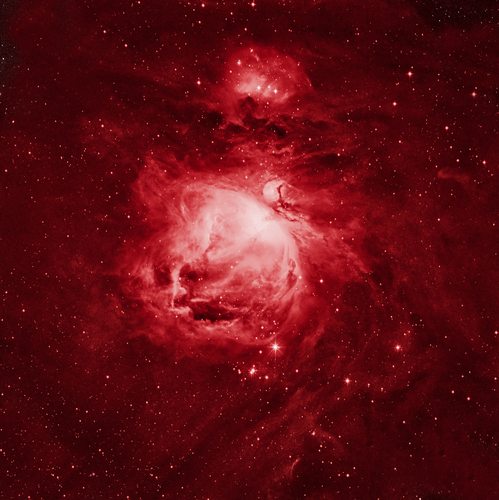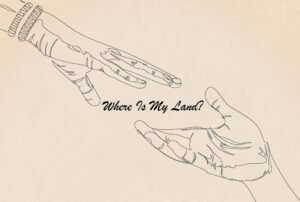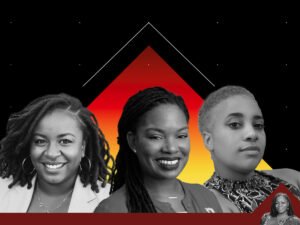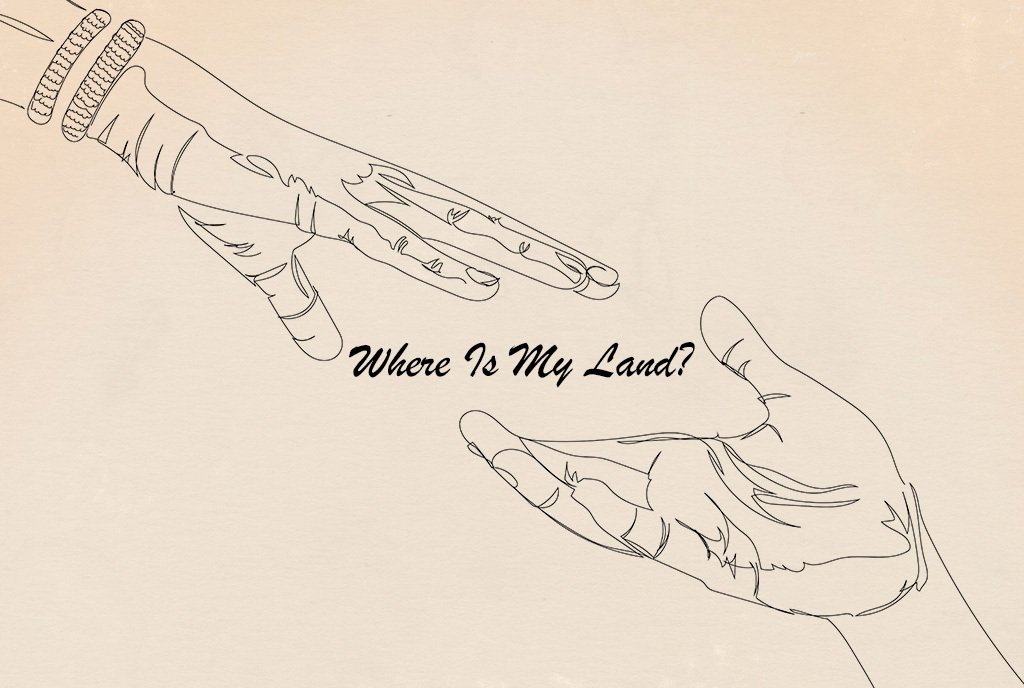
Occasionally, I’m struck by what at first appear to be the oddest connections.
Our foundation, like many others, has been embroiled in questions about how to best educate children. We have muddled through No Child Left Behind, Race to the Top and, most recently, Common Core. These high-sea changes, which do more to promote nausea for all involved than anything resembling positive refinements, have at least this in common: thorough sets of complicated structures, activities, and evaluation strategies and expectations. And as has been pointed out, also ad nauseam, all this activity addresses everything except the actual need of the child to develop as a human in a seriously complicated social and political world.
All of this thinking, along with my personal longstanding aversion to structure and expectation, was in mind as I considered what our foundation might do to develop the younger people all around us in the nonprofit sector. It was clear we needed to do or support some sort of leadership development activity; we provide the majority of grants in our region, and we therefore have the broadest scope of interest. Our region, like many, is facing a large turnover of nonprofit leadership talent in the immediate future, and we must have a good corps of emerging leaders to assume the helms of organizations and the championing of communitywide initiatives. What could we best do with our resources to accomplish this?
The answer I came up with, and which has been working exceedingly well for us for over seven years now, is…nothing.
Not “nothing at all,” of course, but not too far from that. Through the intuitive leap I alluded to at the outset, it occurred to me that what children in elementary schools and people at leadership levels in the nonprofit and other sectors are both missing most is play. Not “play with a purpose,” or the tightly structured “play” of many after-school programs, or even the “play” of organized sports programs. I mean the unstructured, unsupervised, exploratory, joyful, non-expectational play of humans being curious. And again, to bring the analogy forward, I don’t mean the standard, semi-professional, “networking opportunity” meet-and-greet mixers, which last a couple of hours in which everybody trades cards, exchanges platitudes, and goes home feeling like that somehow didn’t quite make it, whatever “it” was supposed to be.
And, perhaps curiously, I don’t mean “downtime” either. Downtime is a solo act, detached (one hopes) from work and pressures. Downtime allows one to process the overwhelming amount of information taken in every day, perhaps make some decisions, or do some planning—usually whether you want to or not. But the most serious problem with downtime in terms of developing as a leader or simply as a person is that you’re talking to yourself. You might be brilliant, but without the input of at least some of your colleagues, you might be on the wrong planet, too.
{loadmodule mod_banners,Ads for Advertisers 5}
Sign up for our free newsletters
Subscribe to NPQ's newsletters to have our top stories delivered directly to your inbox.
By signing up, you agree to our privacy policy and terms of use, and to receive messages from NPQ and our partners.
In my 18 years in the nonprofit sector, when my colleagues and I would find the rare opportunity to commiserate over a quick lunch or short happy hour, one of the major complaints was that these opportunities were so rare. We didn’t have anywhere near enough time to sit, relax, and talk with people who understood; who might have ideas about work, home, or romance; who knew not just about the pressures, but about the fantastic thoughts, the “out there” ideas, and the other people doing the work who also might have some pretty great fantasies about how to move this all forward.
Of course, in our worlds, that’s called a seminar, or workshop, or retreat, and there are thousands of them everywhere, led by reputable people with great things to share, and the Leadership Development Industry is thriving. We travel to various places, and sit in classrooms, and listen to teachers teach, or panelists discuss, and we gather bags of information to take home to read, and we catch a quick drink or maybe a meal with people we see every couple of years, and we pack it all up and go home again, exhausted but energized, recommitted to the cause, full of memes of new knowledge. And then we get up and go back to work, and if we manage to scan a few of the articles in the bags, let alone implement any of the fantastic ideas we heard for those short days, we’ve done pretty well. We were “taught.”
And we know, again, that that’s not “it.” What most of us are craving is a human face and voice that we can trust, someone who recognizes that our work in this sector is about LIFE, not simply about this or that particular problem or issue or failing. We’re here because we’re crazy enough to think that we can do BIG CHANGE, and what we need most is to know that there are other crazy people out there who resonate with that wonderful fantasy. We always get inklings at the various meetings and conferences and workshops we go to about particular people, but we can never really follow up. We’re sure it would be great, but…
And that’s the gap that we decided to try to fill at our foundation. We created a program to allow people we worked with or otherwise noticed in the nonprofit sector to simply be together. We called it the Oishei Leaders program, and we deliberately kept it absolutely free of any kind of structure or expectation. Recognizing that the human psyche needs time to accept, accommodate, and trust other humans, we designed it as a 24-hour initial gathering at a semi-distant, rural location. We selected 20 people under the age of 40, and we deliberately chose representatives from five different nonprofit focus areas: arts, education, community development, healthcare, and neighborhood development.
The foundation was present only at the opening happy hour and the closing hour of the gathering the following day. We did not provide a facilitator. We refused to create any kind of agenda beyond the times the meals would be served. No one was appointed to take notes. We did have flip charts and markers available (but not set up) and an Internet connection if they needed one. They were told explicitly that we did not care what they did with the time, and their only requirement was to stay the entire 24-hour period. They were asked to provide a short “response” following the gathering if they were so moved, but there was no evaluation done to “measure success.” We refused to define what “success” might look like, although each of us had our own (unshared) thoughts about that. And lastly, we arranged to have two “contractually obligated happy hours” at about three and six months following the initial gathering, just to help them keep the connections going.
We’ve now had four groups of about twenty people each go through the initial gatherings. We added one group each year, and brought back the initial groups as well. We recently decided to make a short video about the program, which can be seen here, and there is additional info and pictures at our website. This really tells the story of the program strictly from their perspectives, in their words, and no one from the foundation is present in it. If you’re interested in “what happened,” that’s where you can find out. It really is fascinating stuff.
I want to be clear that the foundation sees this project as an addendum to the many high-quality programs in leadership development that are available, and not anything like a substitute. “Lifelong learning” is something every leader—every person—needs to do, and we regularly recommend and help to fund other leadership development initiatives. But the need for the mind to play, to interact in an unstructured way with other minds, is absolutely essential to getting to change, to innovation, to cooperation, and to simple happiness, and these are the elements that drive the changes we wish to see in the world. And for very little money (and a whole lot of restraint) philanthropy can support the people who will carry us forward.
Paul T. Hogan is the executive vice president of the John R. Oishei Foundation.












